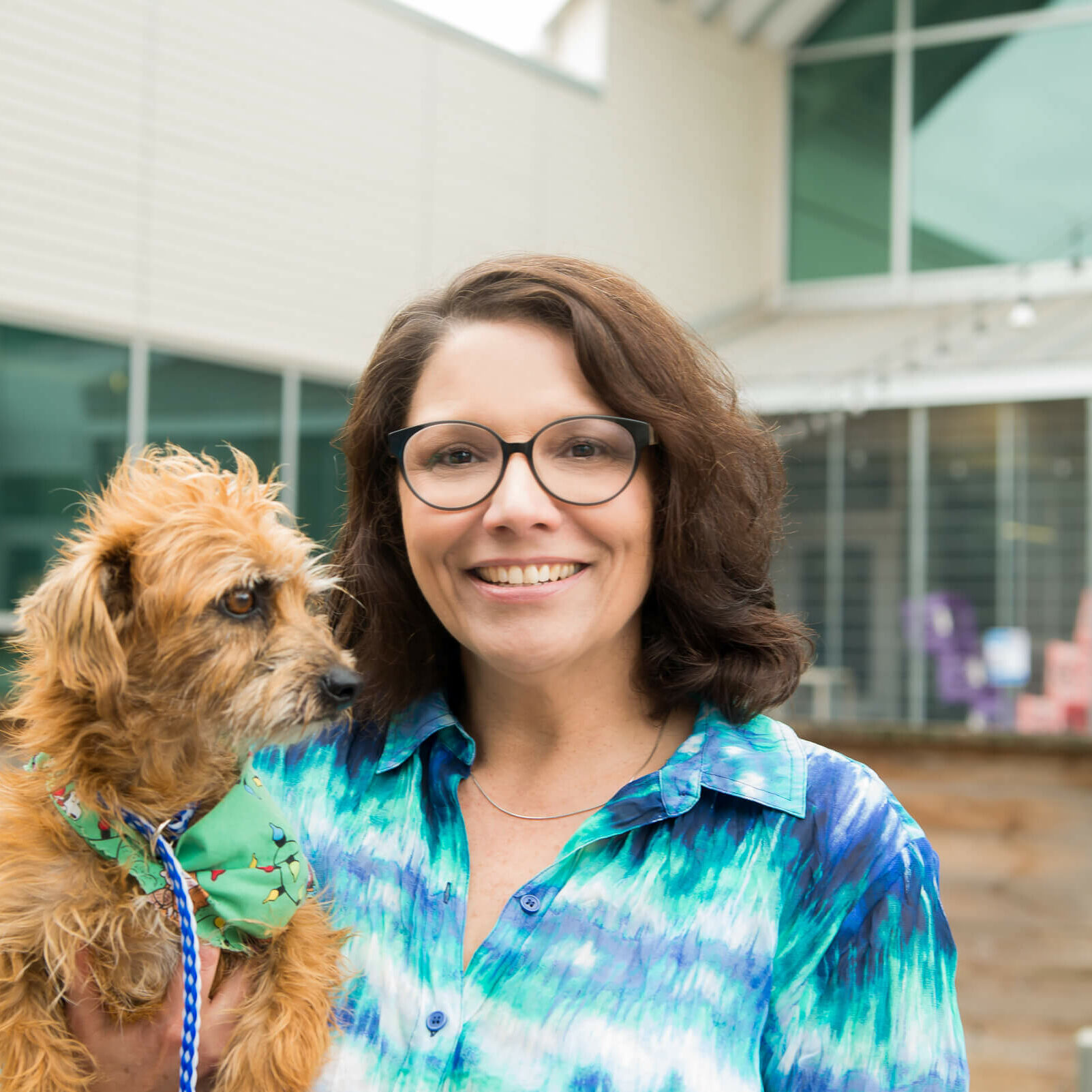
I get lots of questions about dogs and their so-called “bad behaviors.” Mostly, people want to know how to get their dogs to listen. Here’s the big secret about interacting with your canine companions. Dogs look to their human pack leaders for signals on how to handle every encounter and what you do impacts their behavior more than what you say.
Dr. Patricia McConnell, a certified applied animal behaviorist and author of “The Other End of the Leash: Why We Do What We Do Around Dogs” (great book, I highly recommend it), has spent the last 20 years studying how human behavior impacts pet behavior. She says the problem is that humans send “mixed messages to their dogs” by saying one thing with their voice and communicating another thing with their body.
Here are a few examples of what she’s talking about.
Come. When we yell “come” to our pets, we often lean forward and slap our hands on our thighs. No matter how enthusiastically you call, your dog may see this dominant posture as a sign to hang back or at the very least approach slowly.
How do you get your dog to come? “Turn your body and walk away from the dog,” says McConnell. “Clap and use an exited tone in your voice to indicate that you are going someplace fun. Dogs will always follow the fun.”
Sit. Ever tried to get an untrained dog to sit by pushing on his hind-end? If you have, then you are familiar with what’s called “oppositional direction.” Pull on your dog’s leash and he pulls you in the opposite direction. Push your dog away and he comes bouncing back for more. Push on your dog’s hind end and he pushes his rump up against your hand. You may be saying “sit,” but your body language is telling your dog to “push up.”
If you want your dog to sit, stand in from of him and lean your body forward a few inches as you give the verbal command. If his hind end is also near a wall when you do this, he will naturally back into the wall and sit. Tada! You can also pull up gently on his leash as you lean toward your dog or use a food lure to get him to sit. Hold the food directly above his head, between his ears, and move the lure back slowly until he sits. These physical cues make more sense to your dog.
Get down. As we learned from “come,” the best way to draw a dog toward you is to move away from him. Unfortunately, this is the same body posture we use when a dog jumps on us. We say “get down,” push the dog away with our hands, and move back. To a dog, these physical gestures actually mean “let’s play,” and this makes the jumping worse.
Instead of backing up and pushing your hands toward the dog, keep your hands down and move your body in the direction of the dog and don’t back away. By moving into the dog’s space, your dog should get the message and fall onto all fours. Another way to get your dog to stop jumping is to turn your back to the dog. Since the dog is jumping to get attention, turning away from him will send the message that you’re not interested in playing.
Dogs always learn better if their owners understand something about canine communication. The wonderful creatures that they are, some dogs often learn to interpret what we want, in spite of the mixed signals we send. However, by taking the time to adjust our actions to make more sense to our dogs, we can assure a less confused pet and a happier relationship.



